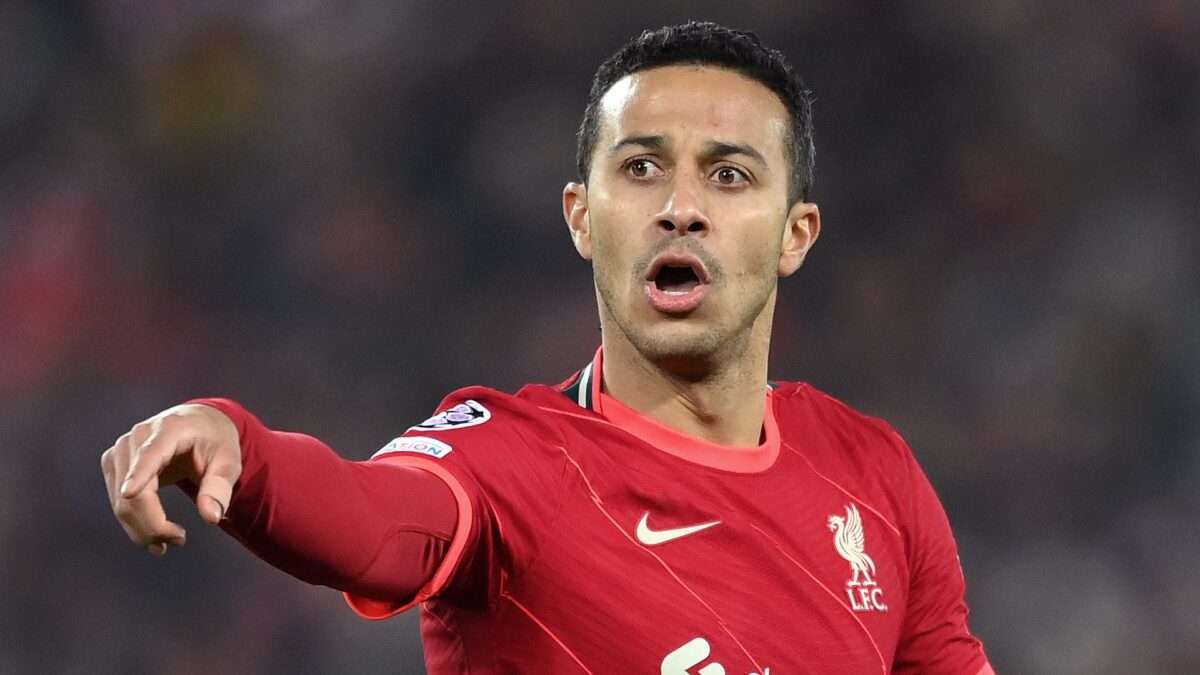Against Manchester United on Tuesday, Liverpool midfielder Thiago Alcantara looked like he was playing a different sport – to his opponents, to his teammates, to pretty much anyone that had come before him in the Premier League.
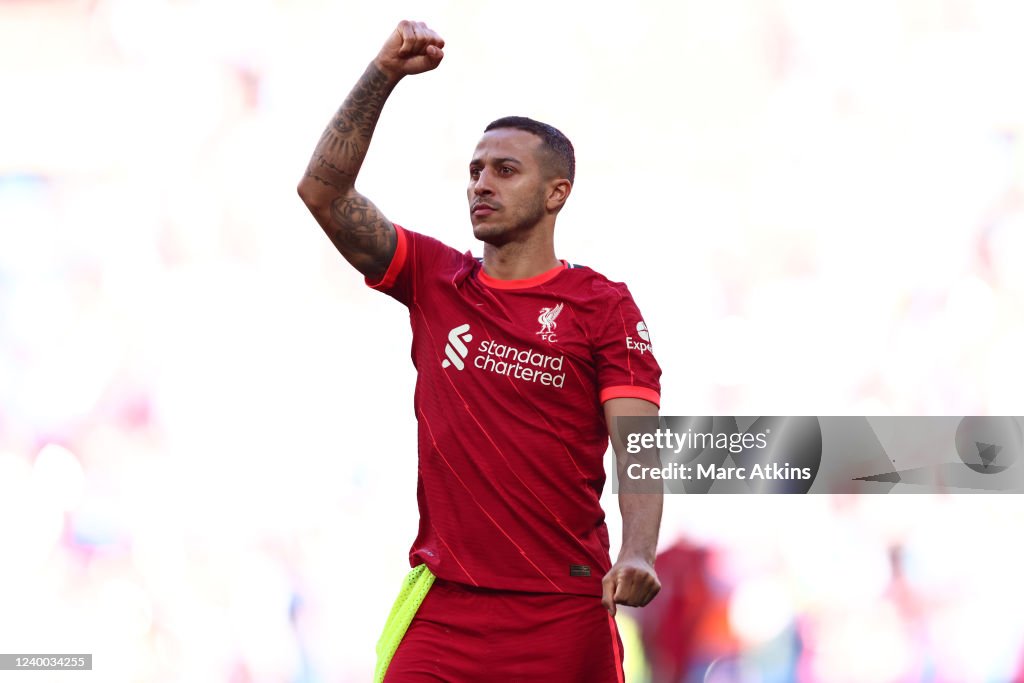
The 31-year-old was moving in a way that other players couldn’t. He saw passes that even his teammates didn’t seem to think were possible. He was on a different timeline, able to access a different plane of movement. It felt like one of those rare matches where an already-elite athlete reaches a flow state: everything seemed so easy, in a sport and in a league that’s so popular specifically because it’s so damn hard.
He completed 105 of his 110 passes. He was perfect – 15-for-15 – on passes of more than 30 yards. Overall, his passes covered more than 2,000 yards of field space. He led Liverpool in passes into the final third, passes into the penalty area, and chances created for his teammates. And when he wasn’t passing the ball, he was moving it himself, or moving for it, or getting it back. He carried the ball 381 yards, almost 100 yards further than any other Liverpool player. He received more passes (102) than any other Liverpool player. He pressured the ball more often than any of his teammates, and he won more tackles, too.
If the 4-0 win over United was the only Liverpool game you watched this season, you’d have a hard time imagining Liverpool without Thiago. Except, well, they’ve been without him more often than not. The Spain international has appeared in just 44% of his club’s Premier League minutes this year.
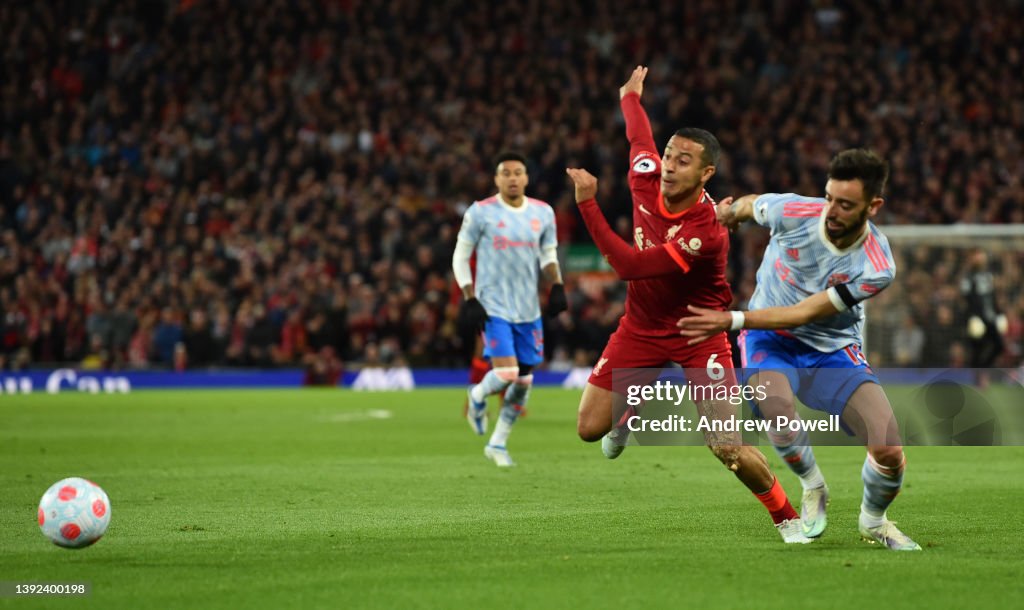
He is not the only key player who hasn’t always been available this season, though. So, inspired by Thiago’s midweek midfield master class, we’re going to take a look at all of the players in the Premier League this year who have played somewhere between 40% and 70% of their team’s minutes, and then we’re going to see how things have changed when they’ve been on and off the field. All data comes courtesy of FBref.
Measurement 1: Points Per Game
We’ll just start with the crudest one: How has the team done in matches a player has played in?
Thiago comes out on top – and not just among the subset of 40%-to-70%-of-the-time Premier League players we’re looking at here. No, he leads the way among all players across Europe’s “Big Five” leagues, as Liverpool average 2.65 points per game in matches Thiago has appeared in. Over 38 games, that would add up to about 100 points, which, more than anything, puts into perspective how absurd of an achievement Man City’s Centurion season (2017-18) and Liverpool’s 99-point campaign both were (2019-20.)
Right behind Thiago is Manchester City’s Ilkay Gundogan. He’s played 53% of the minutes and the team has won 2.64 points per game across all of the matches he appeared in. I mentioned this in our Liverpool-City draft, but it’s funny how Jurgen Klopp and Pep Guardiola have swapped their personal-favourite injury-prone midfielders from when they were coaching in Germany with Borussia Dortmund and Bayern Munich. It’s worked out brilliantly for both Premier League sides.
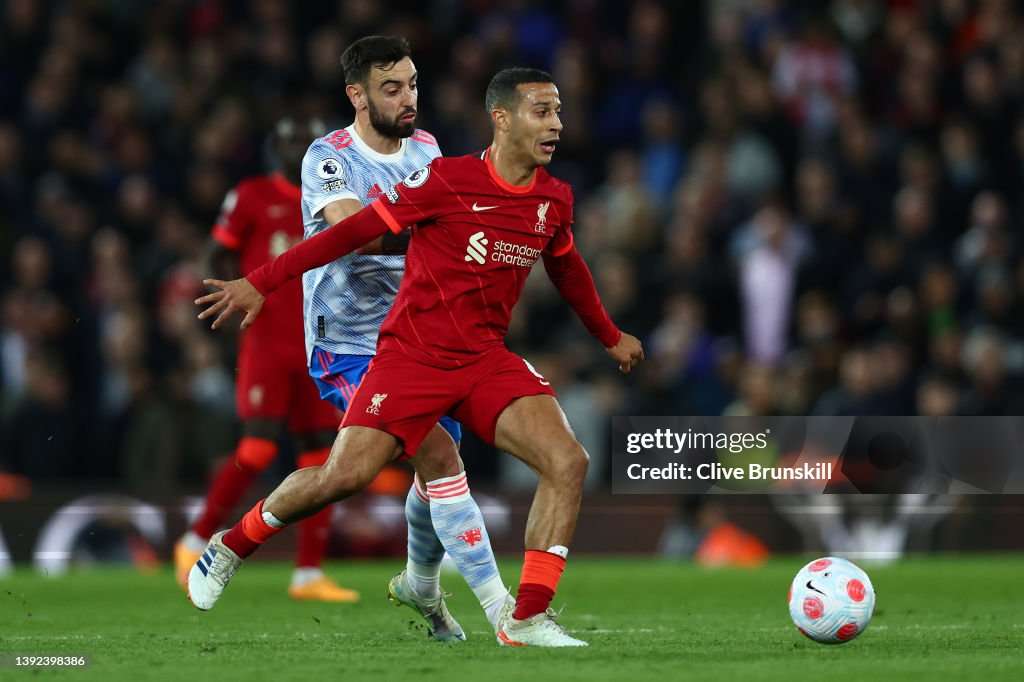
Now, the line between trivia and useful information is blurry here – and will continue to be blurry for the rest of this piece. There are all kinds of confounding factors with these player-to-team stats – most notably who are they playing, and who are they playing with? Unsurprisingly, the top 15 players on this list are Liverpool, City and Chelsea players. Remove the minutes’ restriction and it’s all Liverpool and City players at the top. At the same time, all of those players are contributing to the points their teams are winning to varying degrees, so it’s not completely useless, either.
Perhaps more interesting, though, are the players lower down the table who appear higher up this list. Arsenal have averaged two points per game in the matches that featured right-back Takehiro Tomiyasu, while the team’s average for this whole season is 1.78 PPG. With Tomiyasu and left-back Kieran Tierney (1.91 PPG) currently injured, could that be a decisive factor in the race for fourth? Meanwhile, West Ham would currently be in fourth if they played like they played with 22-year-old full-back Ben Johnson in the lineup (1.94) when Johnson wasn’t actually in the lineup.
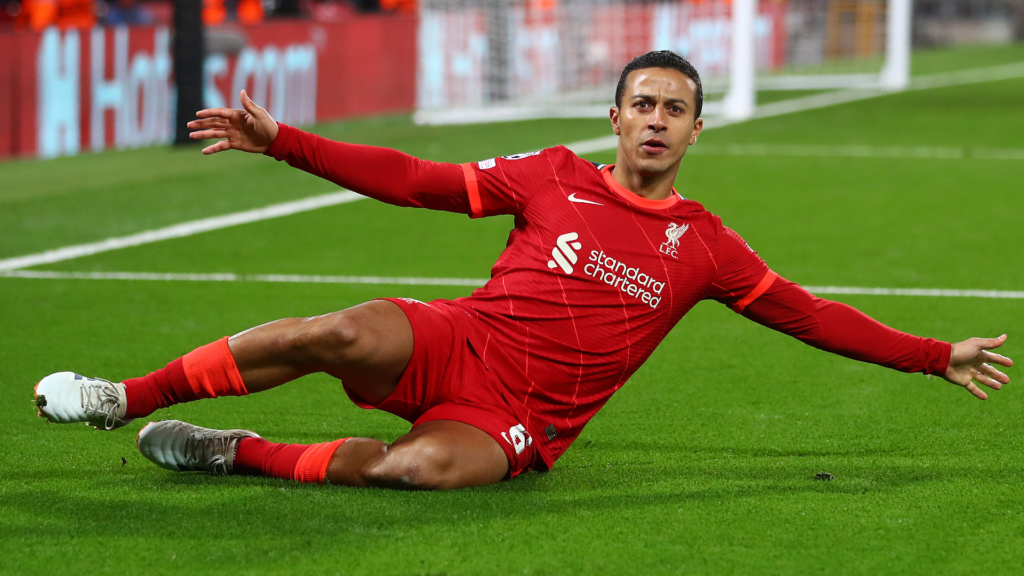
Meanwhile, please spare a thought for Billy Gilmour. A little year ago, he won a Champions League medal with Chelsea. This season, on loan with Norwich, the midfielder has been a part of a worse string of results (0.35 PPG) than any player in the league. Right above him is Newcastle winger Matt Ritchie (0.38). Correlation does not equal causation, but Newcastle got good as soon as Ritchie stopped playing.
Measurement No. 2: Plus-Minus
The previous stat gave a player credit for the final result of any match he appeared in. Pop on for the last minute of a 5-0 win, then sure, you get all three points. But what if, like they do in the NBA, we just looked at how many goals a team scored and conceded during the minutes a player was on the field?
Well, it’s the same top two: Liverpool’s goal differential, normalized per 90 minutes, is plus-2.27 with Thiago on the field, while Manchester City’s with Gundogan out there is plus-2.18. Remember, we’re only looking at players who have played somewhere between 40% and 70% of their team’s minutes this year because we want guys who have a good sample of minutes both on and off the field. But even with those restrictions removed, Thiago and Gundogan would still be first and second.
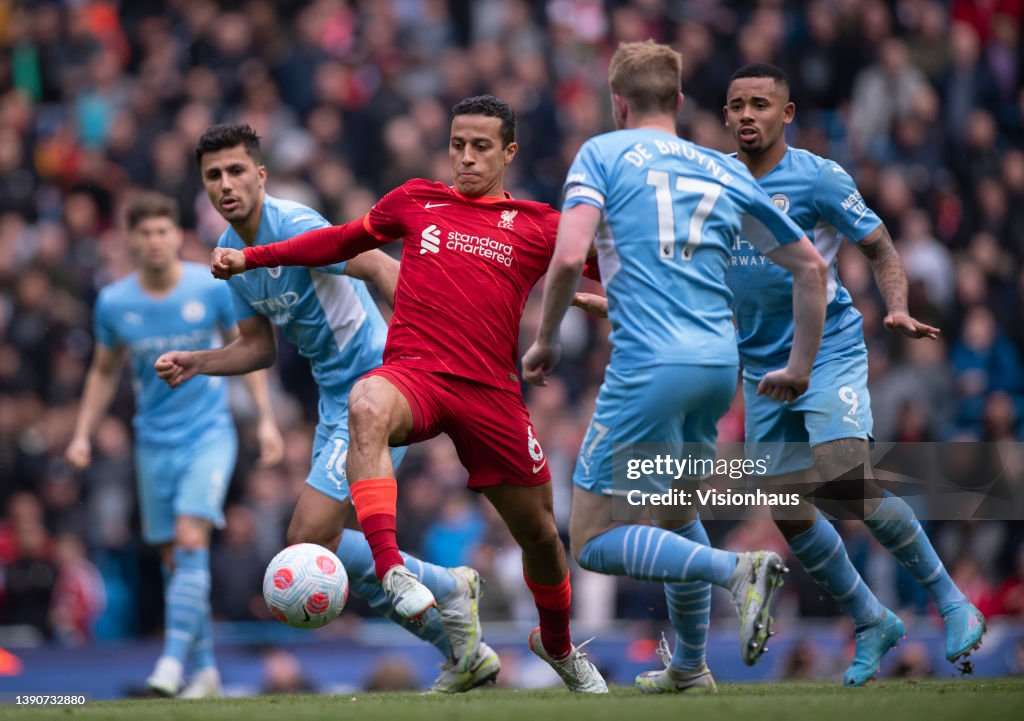
A few Chelsea players stand out, with defender Trevoh Chalobah (plus-1.91) ranking fourth, midfielder Mateo Kovacic ( plus-1.81) fifth, and midfielder Kai Havertz (plus-1.65) eighth. The latter two both do fit the mould of the kinds of players who make their teammates better and star in plus-minus in the NBA: Havertz’s fantastic final-third movement and Kovacic’s ability to turn settled possession into a suddenly dangerous attack. Chalobah is a much more aggressive defender than most of Chelsea’s other centre-backs and he gets involved in the attack more often; not exactly soft skills, but could they help drive winning, too?
Some more standouts: With striker Alexandre Lacazette on the field, Arsenal are outscoring their opponents by a goal per 90 minutes. On a per-90 basis, Wolves would have the fourth-best goal differential in the league (plus-0.86) from only the minutes that winger Daniel Podence has played. And during his club’s terrible season, centre-back Raphael Varane has almost played exactly 50% of the available minutes (49.5%) for Manchester United. They’re plus-11 with him on the field.
At the bottom, again, is Gilmour, with a minus-2.07. Only two other players are below minus-1.5: Watford midfielder Imran Louza (minus-1.51) and Leeds full-back Junior Firpo (minus-1.75).
Measurement No. 3: On-Off
What’s your team’s goal differential when you’re on the field, compared to your team’s goal differential when you’re off the field? It’s still not anywhere near perfect to look at things this way, but a plus-0.5 plus-minus number is a lot more impressive for, say, Newcastle than it is for Tottenham. These numbers are not true rankings of player quality! But they also can still say something about an individual player’s importance to his team.
Leading the list?
It’s a pair of unanimously beloved strikers in Arsenal’s Lacazette and Newcastle’s Chris Wood! Per 90 minutes, Arsenal are plus-1.69 goals better with Laca on the field than with him off it this year. He almost literally does not score goals; over the past year, the Frenchman ranks in the bottom 1 percentile for non-penalty goals per 90 minutes (0.1) among strikers in Europe. However, he’s super-active off the ball – pressing, picking off passes and winning tackles — and he’s involved in a bunch of possessions that lead to shots, even if he’s not the one taking or converting them. At the very least, he has the profile of a player who can help his team win without scoring. He’s out of contract at the end of the season, and he’ll be 31 soon, but he’d still make a useful – and likely affordable, because of his lack of goals — backup striker for a team with European aspirations.
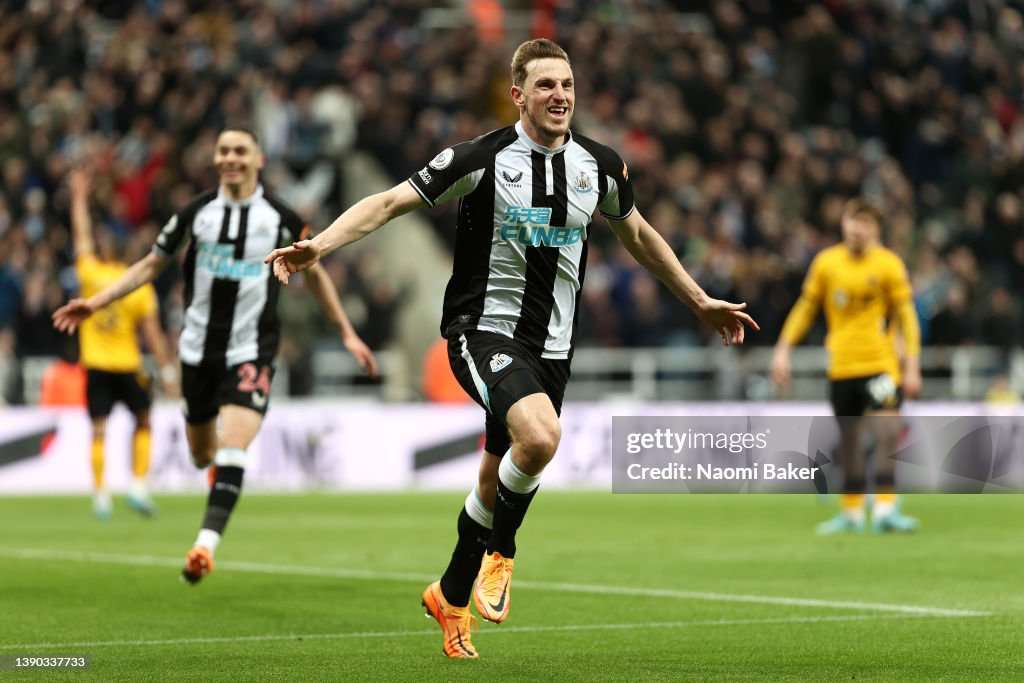
Despite only scoring two goals and, frankly, doing almost nothing that is quantifiable other than “winning a lot of headers,” Wood’s time at Newcastle ranks him second (plus-1.55) on the list. Of course, Wood’s arrival also coincided pretty closely with the hiring of Eddie Howe as manager and all of the team’s other January signings. This seems to say a lot more about the position Newcastle were in before he got there than Wood’s performance. However, just having an actual centre-forward in the squad, which wasn’t the case before Newcastle activated Wood’s £25m release clause from Burnley, seems to have allowed some of the team’s other pieces – most notably, Joelinton dropping into midfield – to fall into place. After Liverpool and City, Newcastle have the third-most points in the Premier League in 2022.
At the other end, we must first acknowledge that Gilmour is no longer last – just fifth-to-last, with a minus-1.47 on-off mark. Shoutout to him. Last, instead, is Brentford midfielder, Mathias Jensen. The Bees have won five of their last six matches, and their only loss came in the only match that Jensen started over that stretch. He also didn’t start any of Brentford’s first five matches, when they won two, drew two, and lost once.
Right above Jensen is, surprisingly, Chelsea’s Cesar Azpilicueta (minus-1.66), who once played every minute of a 93-point, title-winning Premier League campaign in 2016-17. He has featured in just over half of Chelsea’s league minutes this season, and they have a plus-10 goal differential with him on the field but a plus-28 GD from the fewer minutes without him. Two things seem to be true here: 1) Chelsea have hit their highest heights without Azpilicueta on the field this year, and 2) Thomas Tuchel trusts the club captain as much as anyone else, as he played the full 90 minutes in all eight games against Liverpool, City, Tottenham and Arsenal this season.
Measurement No. 4: Advanced On-Off
Another issue with these kinds of measurements when it comes to soccer: is not enough scoring! There have been 48 goals scored while Azpilicueta was on the field this season. In the NBA, most rotation players will see 48 points scored in a single game. A 38-game season is prone to vast fluctuations in goal-scoring conversion, and since we’re narrowing these numbers down to a smaller sample than a full season, that’s even more true. These players might be getting penalized or rewarded for defensive errors, 1-in-100 strikes from outside the box, bad refereeing, great goalkeeping or all of the above.
To increase the sample of actions and to get a better sense of how well the team is playing when the player is on the field – rather than what team is just doing a better job at converting its chances – we can look at expected goals (xG) instead of actual goals.
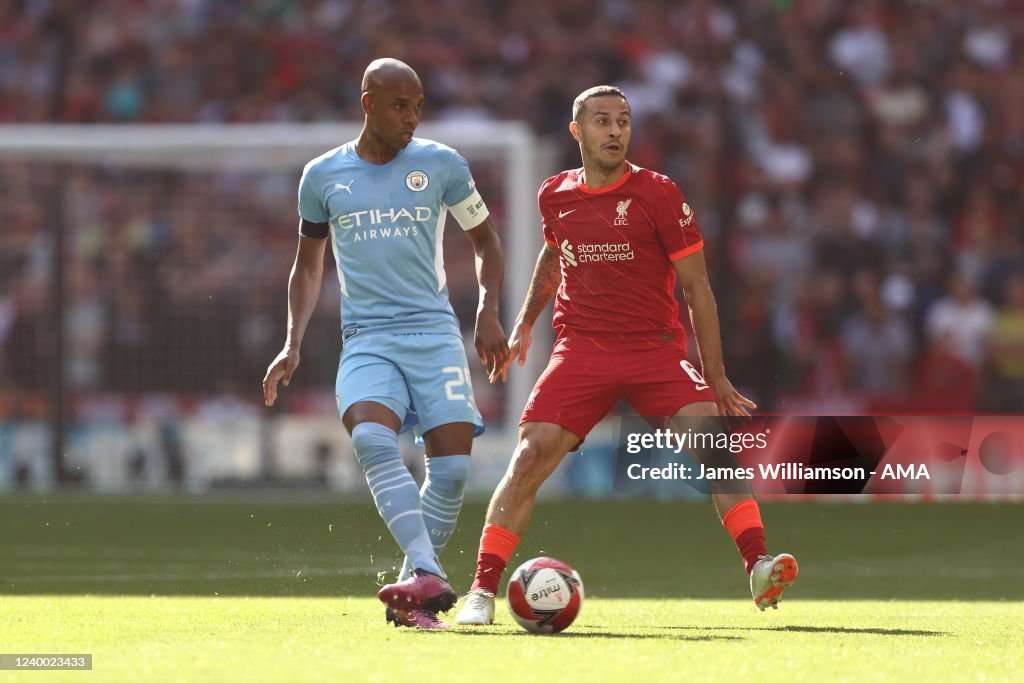
The top two on the on-off list for xG differential per 90 are still Wood and Lacazette, just in reverse order. After them, it’s Southampton’s Mohamed Elyounoussi, who does have a profile of a player who would help a team win (plus-0.95): lots of defensive work and he gets on the end of high-quality shots. And right behind him, it’s Everton’s Demarai Gray (plus-0.94). Could be nothing! Could also be that Everton struggle to move the ball upfield without his ball-carrying and off-ball runs.
The other players with an xG on-off of at least plus-0.75: Thiago (plus-0.92), Chelsea midfielder Jorginho (plus-0.83), Newcastle defender Fabian Schar (plus-0.80), Manchester United midfielder Paul Pogba (plus-0.78), Chelsea full-back Reece James (plus-0.76), and Varane (plus-0.75). It’s unclear if Pogba either helped or hurt his place on this list by going off after 10 minutes against Liverpool on Tuesday.
At the bottom of the list is Newcastle centre-back Jamaal Lascelles (minus-1.17), who like Ritchie is one of the players who stopped playing right before Newcastle started winning games. Azpilicueta is toward the bottom again as well, and another interesting name here is Emile Smith-Rowe (minus-0.88). Although the 21-year-old forward has scored 10 goals this season (on an unsustainable 5.7 xG), most of Arsenal’s overall improvement this season has come without him on the field. They’re plus-0.9 xG in the 61% of the minutes he’s played and plus-11.5 in 39% of the minutes without him.
Somehow, though, Man City midfielder Kevin De Bruyne is second to last on the list, just slightly above Lascelles at minus-1.16. As anyone who has ever watched him play can see: He’s easily one of the worst players in the league! No, of course not; he’s one of the best midfielders of his generation and he ripped Liverpool to shreds a few weeks ago. If you watched that game, you’d have a hard time imagining City without him. City’s xG differential with him on the field – plus-1.1- per 90 – would still be second-best in the league, too.
But! It does recall a weird phenomenon from a previous season, in 2018-19, when De Bruyne missed most of the year and City still won the league with 98 points, then the second-highest total in Premier League history. Is it conceivable that Guardiola’s managerial tendencies, City’s talent depth and De Bruyne’s skill set combine in a way that makes it so that Guardiola accidentally gets better performances out of his team when he isn’t capable of calling on the guy who once had 20 assists in a season? Yes, soccer teams are weird enough networks of sometimes-inexplicable interactions that something like that could be the case. More likely? It’s just random.
Regardless of the answer, though, the following is true: Through 32 games this season, Man City have played better without De Bruyne on the field.
Note: This article is written by Ryan O’Hanlon and has been published at ESPN FC
